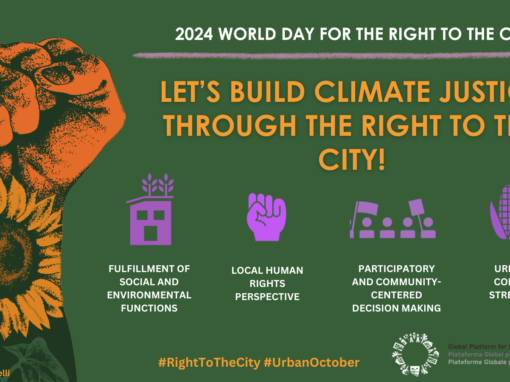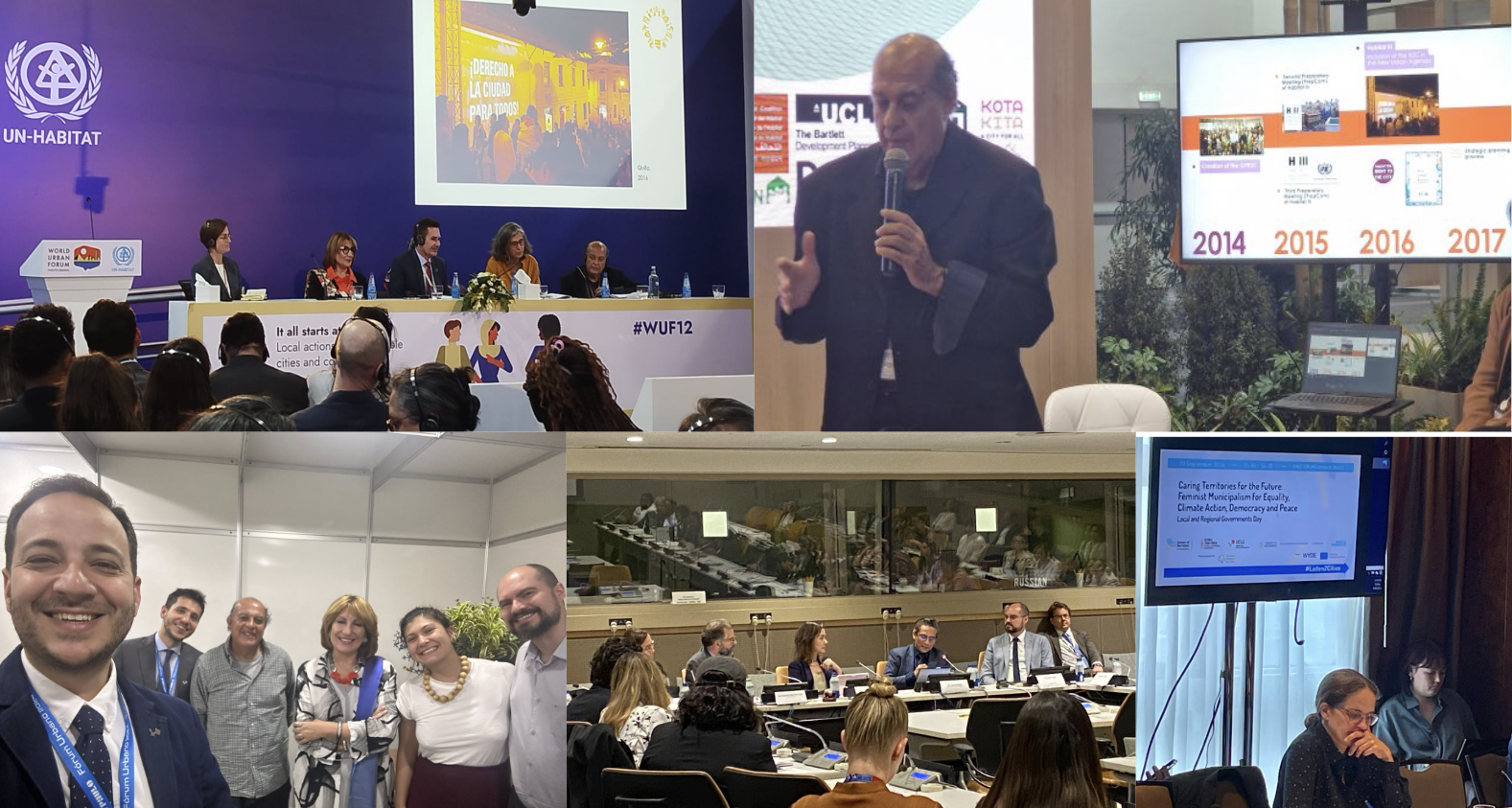By Pablo Aguilar González (Citiscope)
A key premise behind next year’s Habitat III conference on urbanization is that the future of humanity will be determined in cities. Yet if that is the case, with the legal framework that we have today, the battle is lost before it has even begun.
Our urban centres no longer function as habitable spaces in which we can ensure a minimum quality of life or satisfy spiritual, emotional, economic and physical needs. Instead, we as a civilization are facing increasing dangers brought about by our irrational use of natural resources.
This process has led to dreadful pollution in urban areas big and small. Yet it has also severely impacted on those resources necessary to sustain our population centres, depleting water supplies, encouraging desertification, extinguishing terrestrial and aquatic species — even bringing about serious changes in the global weather systems and climate.
All of this has had a direct impact on the activities and quality of life of residents in both urban and rural centres. Perhaps more worrying, governments and institutions at all levels appear to be largely unable to control the worst consequences of human activities.
Still, there are some more hopeful models. In Bolivia, for instance, an official act called the Bill of Rights of Mother Earth has resulted in the formal recognition of land as legally entitled to protections. The key here is the understanding of land as a dynamic, interrelated system — of which human settlements and cities are just one part.
Legal force
There is no reason to stop in Bolivia. For the sake of those in today’s cities and human settlements and beyond, we must have a strong legal international framework to be implemented by member states of the United Nations. The Habitat III conference and its outcome strategy, the New Urban Agenda, are a clear opportunity in this regard.
“The lack of binding obligation from Habitats I and II has prevented governments from effectively fulfilling their commitments. It has also meant that citizens have lacked any real opportunity to demand their rights under the Habitat agreements.”
What legal status does Habitat III hold today? To answer this question, we must first look backward.
We must acknowledge that the previous Habitat conferences — Habitats I and II, held in 1976 and 1996 — did not meet many of their objectives. In part, this is because they resulted in no legal obligation for the U. N. member states that participated in these conferences and signed the resulting agreements.
In essence, this lack of binding obligation has prevented governments from effectively fulfilling their commitments. It has also meant that citizens have lacked any real opportunity to demand their rights under the Habitat agreements.
Learning from these experiences, we offer the following proposal: Make Habitat III legally binding for nations participating in the conference. Give legal force to the New Urban Agenda as an international agreement, similar to already existing legally binding instruments on the environment — for instance, the Convention on Biological Diversity.
The process by which governments enter into binding obligations through Habitat III would also have an important empowering effect from the bottom up. Citizens would receive a potent tool by which to demand the proper implementation the New Urban Agenda. Why agree to an agenda if it isn’t meant to be implemented?
New Legal Urbanism
The legal authority of Habitat III is just the first of five elements of a potential legal revolution that could be brought about through the New Urban Agenda.
“Without an international legal instrument derived from Habitat III, we will have lost the battle before we realize it’s even begun.”
For the second “pillar”, we are proposing a “New Legal Urbanism” based on a focus on human rights. This would include the creation of laws, regulations and urban development programmes containing precise rules that recognize, develop and guarantee human rights in cities and urban and rural population centres.
Third, we envision a new, integrated territorial legislative system. Such laws would focus on fundamental rights and would link a spectrum of seemingly disparate issues: housing, waste management, urban development, the environment, civil protection, climate change, rural and agrarian regulation, the public registration of property, cultural heritage and more.
The fourth pillar is a new legal methodology for urban planning and design. Again, this would be cross-cutting, bringing together environmental, urban, rural, civil protection and cultural heritage regulations. Finally, the fifth pillar consists of integrated legal tools for land management, moving in the direction of single licenses at the federal, state and municipal levels.
The Colegio Nacional de Jurisprudencia Urbanística (CNJUR) has been working on a proposal for this concept for the past eight years. In 2007, CNJUR elaborated upon the San Luis Plan, a call for collective action with the goal of transforming states through a new legal vision within the urban field. At the CNJUR Urban Thinkers Campus in Mexico, from 17-20 November, we will seek to further develop these five elements of a New Legal Urbanism.
As yet, there is no example of this process. Nonetheless, our hope is that Mexico will be the first country to undertake such changes and move in the direction of a revolutionary new legal urbanism. These principles are applicable at the global level, however, and offer a concrete proposal for Habitat III.
If one of the guiding ideas behind Habitat III is that the future of sustainable development will be won or lost in cities, we need to ask: With what legal weapons will we go into battle? Without an international legal instrument derived from Habitat III, we will have lost the battle before we realize it’s even begun.
Translated from the Spanish by Greg Scruggs.
Read the original publication here.





